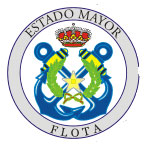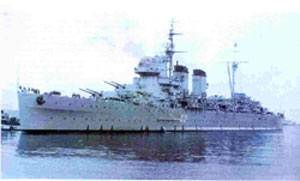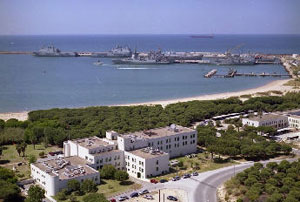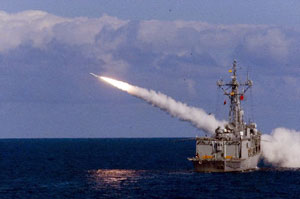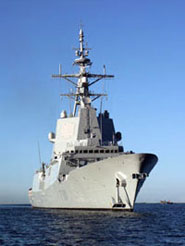The Fleet
Organization
The Fleet is the main naval power of the Spanish Navy, the core element of the Naval Force to conduct military operations anywhere as part of the joint action of the Armed Forces and capable of leading multinational operations.
The soul of the Fleet is made up by surface combatant ships, submarines, mine countermeasures vessels, aircraft, special naval warfare units, command groups, logistic support and other Marine Corps elements that give the naval force an expeditionary character.
To carry out its mission, the Fleet has its own command and control systems as well as centers, departments and support facilities which develop training and assessment tasks, analysis of operations and exercises and generation of tactical doctrine.
The Fleet Commander is a Navy admiral (ALFLOT in its Spanish initials) with Headquarters in Rota Naval Base.
This is ALFLOT’s organization chart:
- Fleet Commander (ALFLOT)
- Fleet Headquarters
- Naval Action Force
- Maritime Action Force
- Marine Corps Force
- Combat Assessment and Certification Center
- Fleet Doctrine Center
- Submarines Flotilla
- Aircraft Flotilla
After the Spanish Civil War (1936-39), a Squadron was set up as the core of the Naval Force with the cruiser ‘Canarias’ as flagship.
In April 1952 the Squadron became the ‘Fleet’ defined as a ‘the group of naval units which contribute to the tactical unity of the Navy’.
The Fleet was divided into four Divisions with bases in Ferrol (2), Cartagena and Cádiz. The Divisions were made up by a cruiser and a flotilla of four destroyers each totaling 5 cruisers and 14 destroyers.
The arrangement was re-structured during the following decades. The main rearrangement took place in 1982 when the Fleet was divided into three sections:
- Air-naval Group
- Amphibious Group
- 3 Escort Squadrons
When cruiser ‘Canarias’ was decommissioned, the Fleet Staff established its Headquarters in Ferrol and the new flagship was the converted aircraft-carrier ‘Dédalo’. But due to operational reasons, the HQ finally moved to Rota Naval Base.
In 1988 the Fleet was once again re-structured to include the Aircraft and Submarine Flotillas as key elements of the Naval Force.
The Fleet was then defined as the main core of the Spanish Navy Force with surface warships, submarines, aircraft, Marine Corps elements, training centers and land facilities.
Subsequent changes in the strategic scenario resulted in new modifications underlining its expeditionary nature for joint or combined missions under command of the Chief of the Defense Staff focused on littoral operations in faraway scenarios.
To sum up, the new Fleet structure envisions the following goals:
Maximum efficiency in the management of resources devoted to readiness, availability, training, assessment and certification of command elements and units.
Flexibility and swiftness to transfer command elements and units to the operational structure of the Armed Forces or, should it be the case, allied or international forces.
To warrant the effectiveness of units and commands in the development of the operations both, within the operational structure and in the specific assigned missions.




 + 8
+ 8
